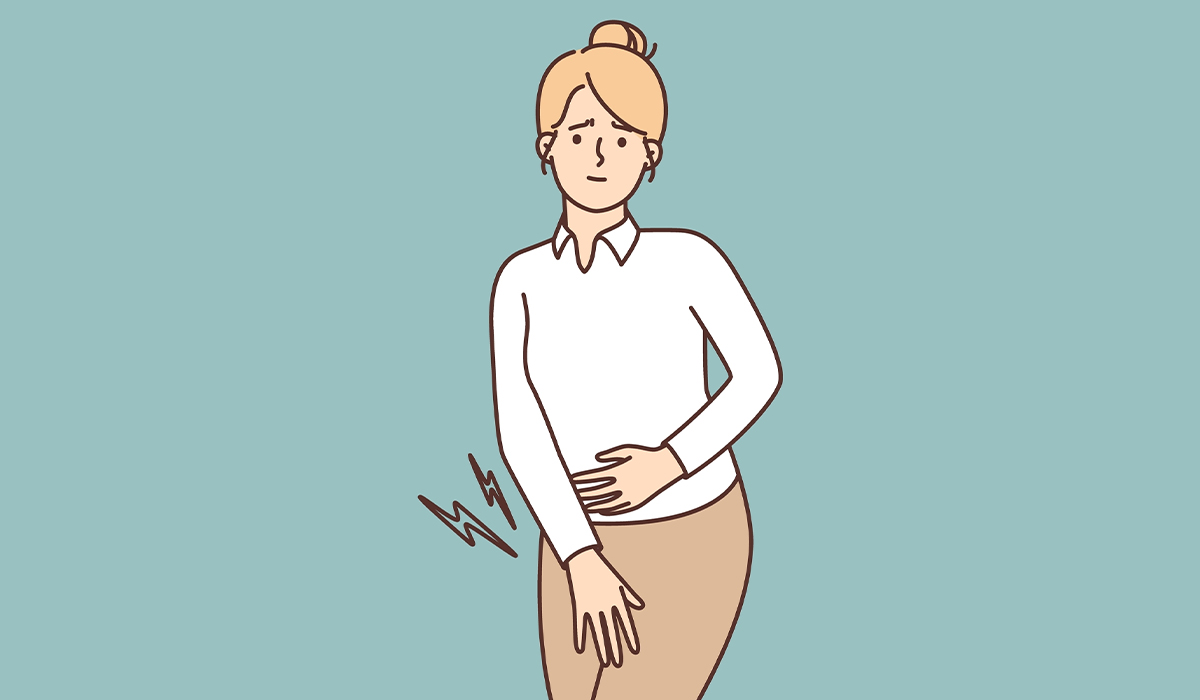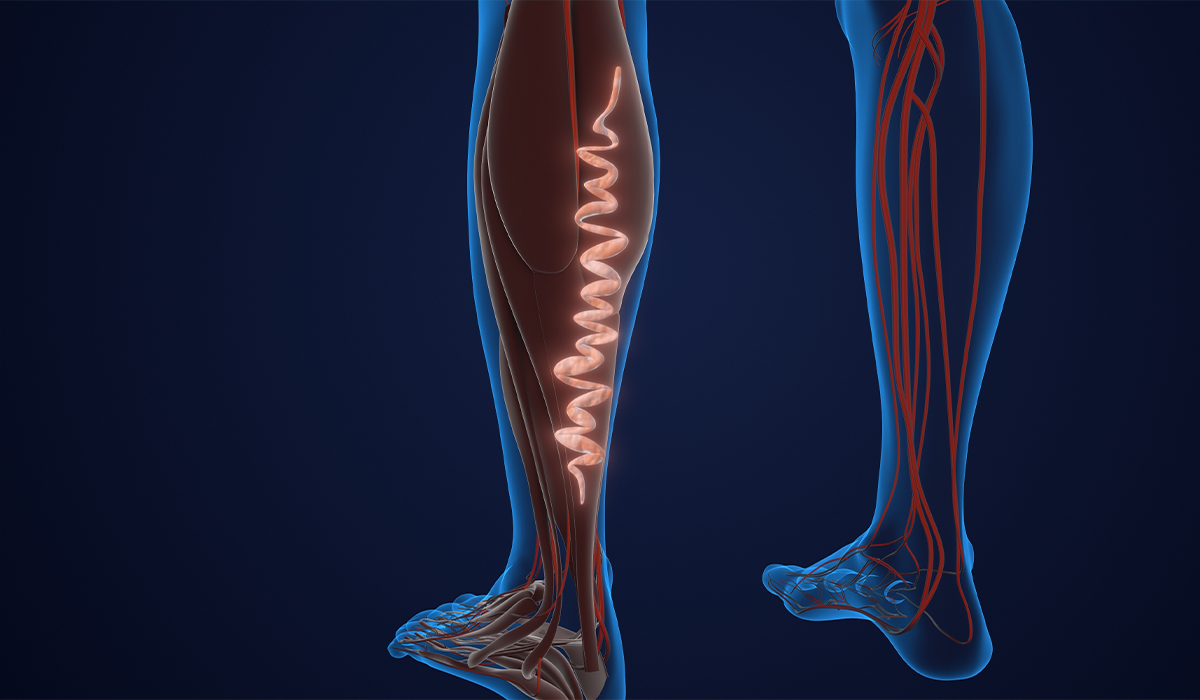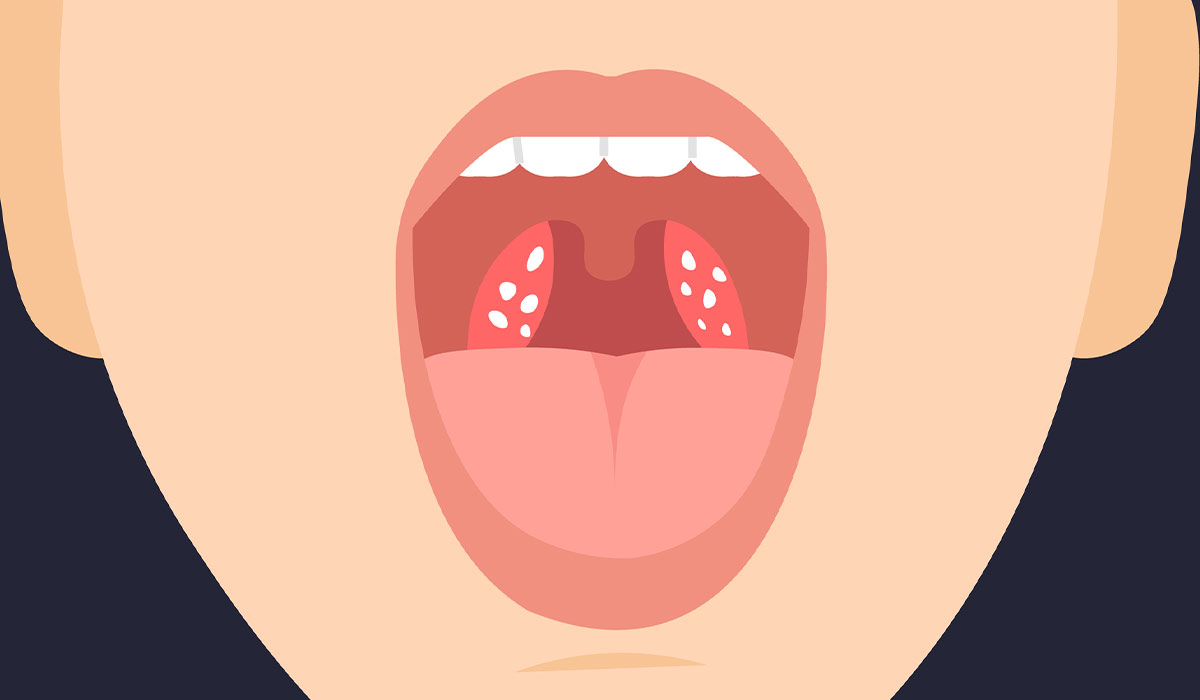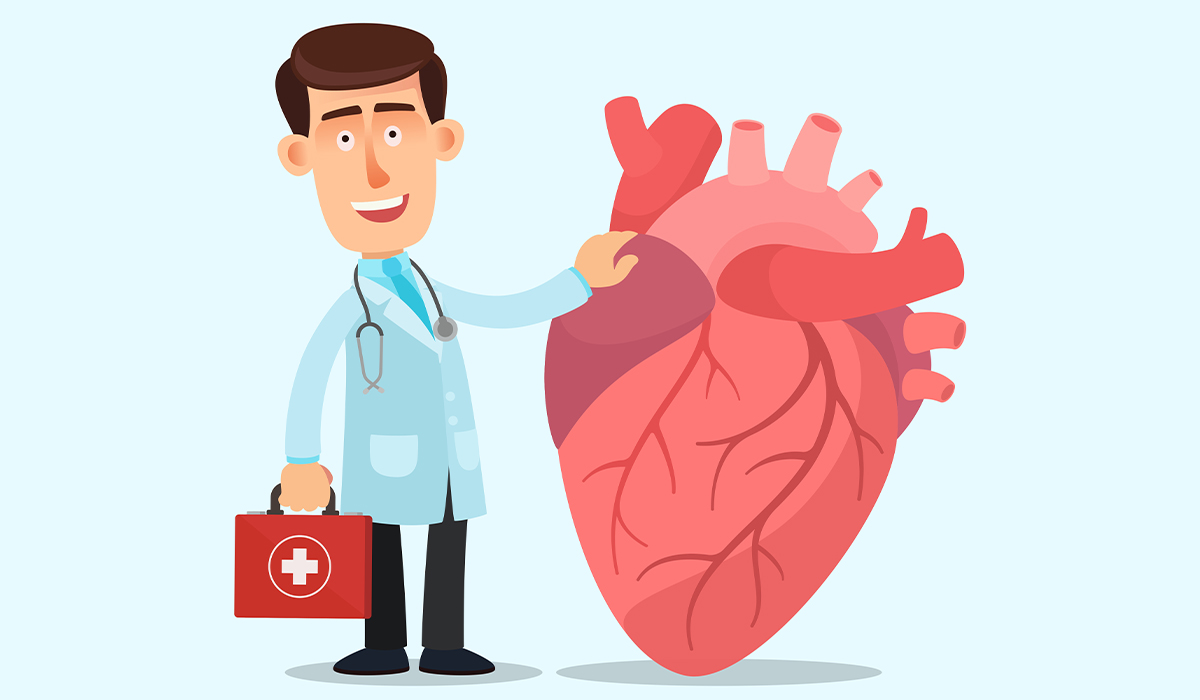
Diseases
Diseases treated by a dermatologist include:
- Psoriasis
- Acne
- Teen acne
- Viral skin diseases
- Herpes simplex
- Viral warts
- Shingles
- Molluscum contagiosum
- Bacterial skin diseases
- Pityriasis erythema
- Pityriasis rosea
- Erysipelas
- Actinomycosis
- Contagious impetigo
- Parasitic skin diseases
- Lice
- Scabies
- Allergic skin diseases (like atopic dermatitis and hives)
- Contact dermatitis (contact eczema)
- Photoallergy (photosensitivity)
- Skin mycosis
- Skin cancer (those include: squamous cell skin cancer, Merkel cell carcinoma, keratoacanthoma of the skin, and precancerous skin conditions)
- Skin pigmentation disorders (e.g., congenital albinism, vitiligo, and hypomelanosis)
- Skin burns and frostbite
- Hair diseases
- Alopecia (area, androgenetic male and female pattern)
- Excessive hair growth (hypertrichosis)
- Hair loss
- Inflammation of follicle
- Seborrhea
- Nail diseases
- Nail fungus
- Excessive sweating
- Sexually transmitted diseases (for example, syphilis, gonorrhea, chlamydiosis, trichomoniasis, genital herpes, and genital viral warts)
When To Consult A Dermatologist
Check-ups of all moles on the body should be performed once a year from the age of 15, especially in people at risk of melanoma, such as:
- With numerous pigmented moles of various shapes, sizes, and colors
- With fair skin who get sunburned easily
- Often sunbathing
- Who have a family history of skin cancer or who have had melanoma or other skin cancer in the past
- Transplant recipients
In some situations, it is recommended that inspections be performed more frequently, every 3-6 months. Particular attention should be paid to new moles or warts and when existing moles change in size, color, or shape.
Skin Symptoms
The most common symptoms of skin diseases are skin eruptions. It is a diverse group of symptoms that allow for diagnostics and differentiation of dermatological diseases. Skin eruptions include:
- Stains
- Lumps
- Pustules
- Bumps and nodules
- Blisters and vesicles
- Hives
- Ulcers
- Erosions
Itching is a common symptom of skin diseases and can be caused by various factors. It generally occurs due to the action of harmless and eliminated irritants.
Hair And Nails
Dermatological consultation is also recommended in case of hair and nail problems. These may include:
- Excessive greasy hair
- Dandruff
- Hair loss and brittleness
- Changes in the appearance of nails or deterioration of their condition
Tests
Detailed diagnosis of the disease is necessary to implement appropriate treatment. During a medical consultation, the dermatologist interviews the patient and examines their skin, appendages, and mucous membranes.
If necessary, perform tests, including:
- Dermatoscopy, which is used to assess pigmented lesions and identify moles and skin cancers
- Diagnostic punctures
- Intradermal epidermal tests, i.e., allergy tests
- Mycological research
- Microscopic examinations
Sometimes, in-depth diagnostics is necessary to determine the causes of skin lesions. Based on the medical interview, the dermatologist may order other tests, including:
- Blood tests
- Microbiological examination
- Bacteriological tests
- Histological examinations

How To Choose A Good Dermatologist?
Choosing the right dermatology specialist can be crucial to maintaining the health and beauty of your skin. A dermatologist diagnoses and manages skin, hair, and nail conditions.
Other Patient Opinions
It is worth seeking the opinions of other patients about a given dermatologist. You can do this by talking to people who have used this doctor’s services or reading reviews on the Internet. Please do not base your judgment exclusively on comments online, as they are not always objective.
Services And Availability
Let’s consider what qualifications a dermatologist should have. Large cities offer a wide selection of specialists, but it is worth examining the doctor’s education closely. A dermatologist is a person who has completed the next stage of medical education, i.e., specialization.
You can also recognize a good dermatologist by taking additional courses in dermatology, such as those related to the treatment of specific diseases, such as atopic dermatitis, infectious diseases, or seborrheic dermatitis.
Dermatologist Specialization
A dermatologist may have additional specializations. It is important when choosing the proper doctor. A venereological dermatologist diagnoses and treats sexually transmitted diseases. It will help with parasitic diseases, warts, and infections – fungal and bacterial.
A pediatric dermatologist treats diseases in children and adolescents. Dermatological examinations and treatments are adjusted to the patient’s age. A dermatosurgeon, to whom we refer when we have disturbing moles, is another specialization.
If a dermatologist completes additional courses, they can become an aesthetic medicine doctor or a trichological dermatologist. The last one is worth attending if you have scalp problems, hair loss, thinning, or brittleness.
To sum up, choosing a good dermatologist requires first checking their qualifications and professional experience. Read other patients’ opinions and ensure that a given specialist offers a wide range of services and is easily accessible to their patients.
First Visit To A Dermatologist
Appropriate preparation for a visit to a dermatologist can help the doctor make a diagnosis and, above all, speed it up. Informing the dermatologist about our health condition and symptoms will make it easier to determine the cause of our skin problems.
How To Prepare For A First Visit?
Before your appointment, consider the main reasons for your visit. Describe your symptoms to help the dermatologist fully understand your concerns.
Loose Clothes
Wear loose-fitting and comfortable articles of clothing that permit easy examination of the places you want the specialist to examine. Depending on the circumstances, this can mean shorts for a leg examination or a loose shirt for a back examination.
Wear No Makeup
If you wear makeup to conceal facial blemishes, consider removing it before the visit so the doctor can see your skin. If you’re uncomfortable being without makeup, you can remove it in the office, in the doctor’s presence, and reapply it after the visit.
No Manicure
Avoid doing a manicure or pedicure before your visit, as the doctor may need to examine your natural nails for diagnostic purposes.
Do Not Stop Your Current Treatment
Continue your current treatment and provide the details to your new dermatologist during the visit. Explain how the therapy impacts you and if you’ve glimpsed any side effects. This notification will help the specialists evaluate your current treatment and make any necessary adjustments.
Inform The Dermatologist About Your Health Condition And The Medications You Take
Please inform your doctor of any other medical conditions you may have. Before your appointment, it’s a great idea to jot down all your illnesses and allergies. It is worth remembering how long you have been sick and informing your doctor whether the disease is being treated, whether it is progressing, and in what situations exacerbations of symptoms occur. Even if, in the context of the skin disease you are reporting to a dermatologist, one of the conditions seems irrelevant to you, it is essential to mention it. It may have a powerful influence on the diagnostic process.

Ask Questions
The dermatologist will ask straightforward questions about the symptoms, including when they began, if they’ve worsened or enhanced, and any elements that seem to activate or relieve them. Be genuine and sincere about the symptoms, even if they seem uncomfortable.
Take Documentation Of All Past Or Present Illnesses And Surgeries
If you have had blood tests in the last three months, take the results. Except for basic morphology, it is not worth performing tests on your own – it may turn out that you will spend money unnecessarily, and the doctor will order completely different tests. If you have documentation describing past or present diseases and previous surgeries and procedures, take them with you, even if they seem unrelated to the current problem. It’s always better to give your doctor too much information than too little.
Clarify
Specialists use their skills and years of education to help patients by obtaining the proper diagnosis and creating the optimal treatment plan. But at the end of the day, doctors are human and can make mistakes or not give as precise of a diagnosis as the patient may want. Ask clarifying questions and give supplementary information you consider helpful. If you need to, get a second opinion.
Dermatological Therapy
Treatments can range from simple procedures to more advanced techniques. The main methods and procedures used in dermatology include:
- Cryotherapy – cold treatment is a versatile treatment. In dermatology, freezing skin lesions with liquid nitrogen destroys them. It is used for warts, warts, and even cancer. The freezing temperature is minus 190 degrees Celsius
- Laser hair removal – an extremely convenient alternative to traditional removal of excess hair. The treatment is painless and extremely effective, but a series of treatments is necessary – the effect lasts for about 4-6 weeks
- Phototherapy – one of the basic methods of treating severe psoriasis. The treatment uses natural ultraviolet light and artificial light emitted by specialized lamps. Good results are usually achieved by combining phototherapy with retinoids
- Removal of moles – these skin lesions may be removed for aesthetic or medical reasons if the dermatologist assesses that there is a risk of the lesion becoming malignant. Removal is usually done through surgical procedures or with a CO2 laser
- Removal of genital warts – genital warts are sexually transmitted warts that require specialized dermatological intervention. Removal of these changes can be done using surgical methods, but also less invasive methods, such as cryosurgery or laser therapy
- Removal of warts and fibromas – the main reason for removing these benign skin lesions is aesthetic reasons or discomfort. Laser therapy is most often used
- Fractional CO2 laser – is an advanced technology used in dermatology to treat various skin problems. Particularly effective in reducing scars, including acne scars, post-traumatic scars, and pigmented lesions
- Mesotherapy – a method involving microinjections of active ingredients, such as vitamins, minerals, and hyaluronic acid, straight into the skin. It is a popular method of moisturizing the skin, improving nourishment, and treating excessive hair loss. It may also be used to manage scars and support the healing process
- Botox treatments – botulinum toxin is used in dermatology to treat excessive sweating. Botox injections can significantly reduce the activity of sweat glands
Sources
- What do Dermatologists do?. NHS.
https://www.whittington.nhs.uk/default.asp?c=7885 - Analysis of Types of Skin Lesions and Diseases in Everyday Infectious Disease Practice—How Experienced Are We?. NIH.
https://www.ncbi.nlm.nih.gov/pmc/articles/PMC9319552/ - Dermatologists’ knowledge of dermoscopic features in hair and nail disorders. NIH.
https://pubmed.ncbi.nlm.nih.gov/35148453/ - In brief: What happens during a skin examination?. NIH.
https://www.ncbi.nlm.nih.gov/books/NBK378786/ - Cryotherapy in Dermatology. NIH.
https://www.ncbi.nlm.nih.gov/books/NBK482319/ - Laser Hair Removal. NIH.
https://www.ncbi.nlm.nih.gov/books/NBK507861/ - Phototherapy. NIH.
https://www.ncbi.nlm.nih.gov/books/NBK563140/ - Fractionated CO2 laser for acne scarring. NHS.
https://www.nbt.nhs.uk/bristol-laser-centre/laser-treatments/acne-treatment/fractionated-co2-laser-acne-scarring - Mesotherapy: From Historical Notes to Scientific Evidence and Future Prospects. NIH.
https://www.ncbi.nlm.nih.gov/pmc/articles/PMC7305548/ - Botulinum Toxin in the Field of Dermatology: Novel Indications. NIH.
https://www.ncbi.nlm.nih.gov/pmc/articles/PMC5744123/


